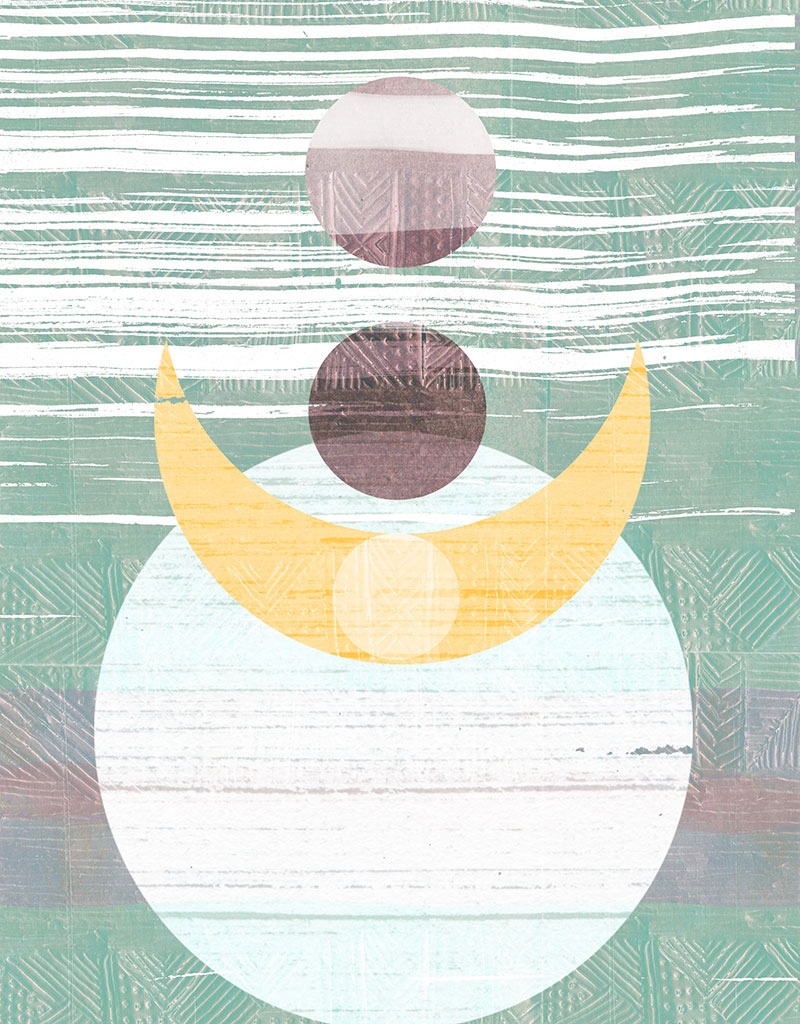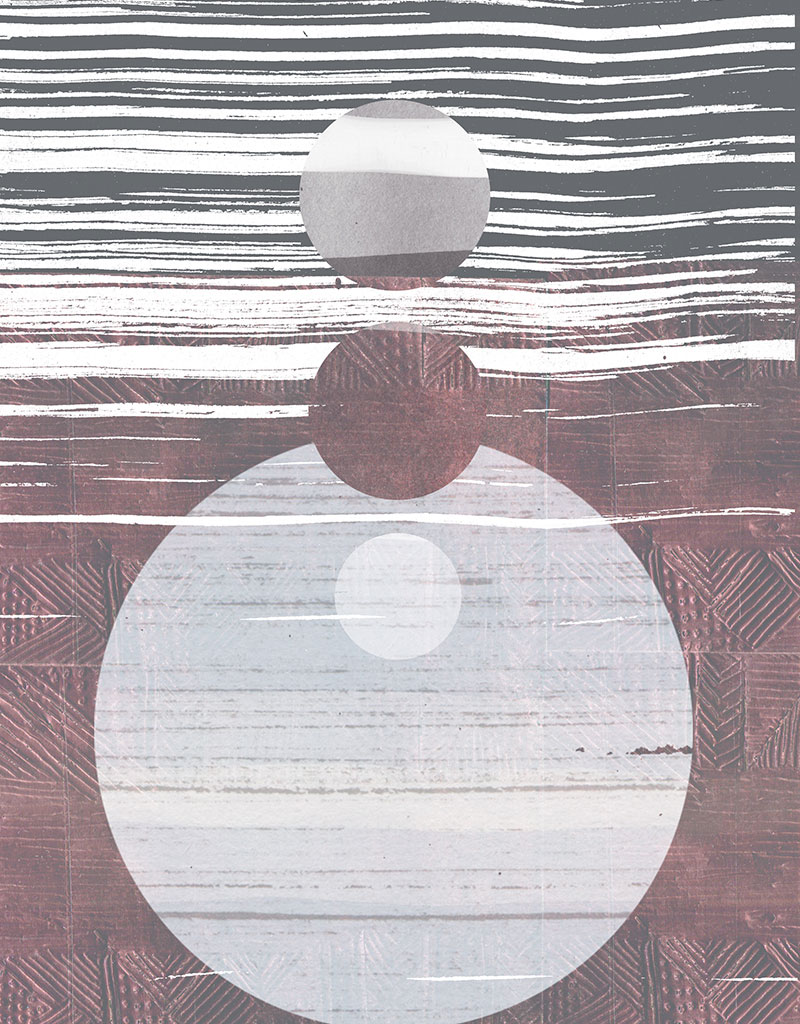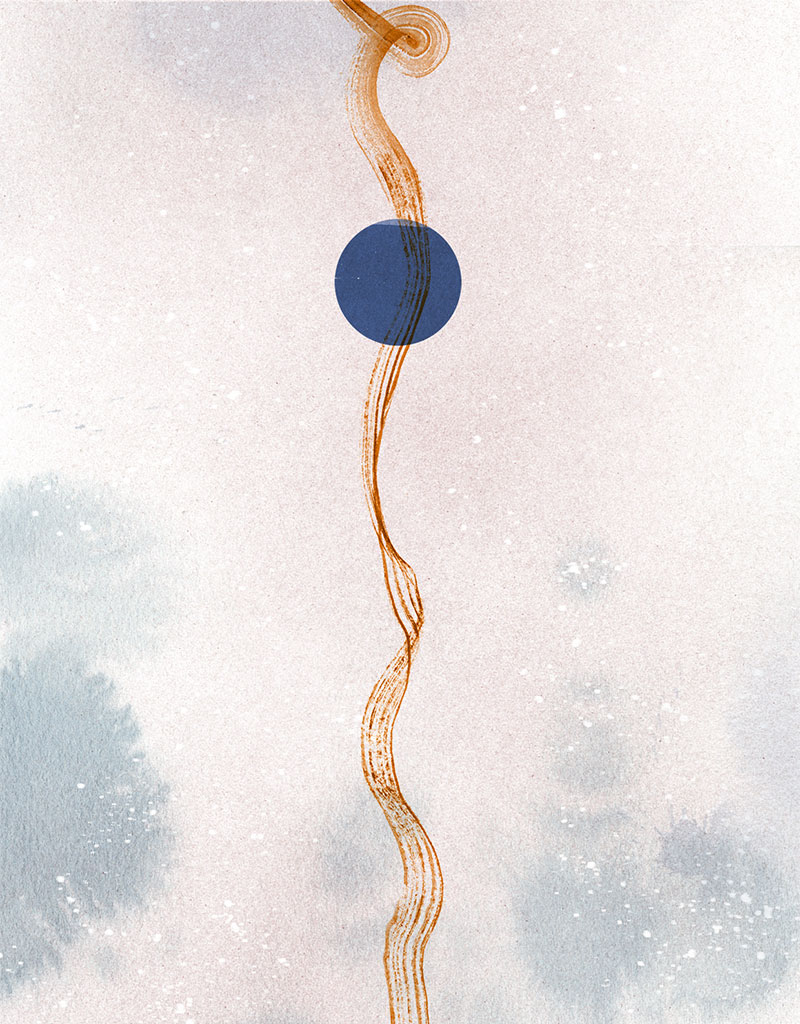At the crux of the Vedic worldview is Rta; the wellspring, the ordering, governing cosmic principle. The primal rhythms of all creations, physical such as Rtu and moral such as Dharma, all arise from Rta
Nilakshi Sharma

Firmly fixed are the foundations of Rta
shining in beauty, manifold are its beauteous forms.
Rig Veda
Rta is integral to the Vedic worldview. Beginning with the Rig Veda, Rta is a consistent principle that permeates and underpins many different strands of Vedic philosophy and worldview. For the Vedics Rta is the ordering principle that informs everything; the cosmos, all of creation but is also the governing principle for the actions of men.
However, Rta does not offer an easy, literal translation. It is a word, yes, but it is also a philosophy. Rta has often been translated as ‘order’ but is also used in the Vedas in the sense of ‘an eternal truth’. Rta can also be understood as a reference to the proper articulation of the truth that maintains the true, the sacred order of things. Order or structure that is true unto itself seems to lie at the crux of Rta.
More than two millennia after the Vedic articulation of cosmic harmony, Carl Jung, the psychiatrist and psychoanalyst who posited universal archetypes of phenomena and spoke of a ‘Collective Unconscious’ of the human mind, said, “In all chaos there is a cosmos and in all disorder a secret order, in all caprice a fixed law...” We are, as it turns out, surrounded by order. Even where we see chaos there is order. Until recently the modern mind thought of chaos and order as two opposing principles. But Physicists have discovered that chaos has its own structure; an inherent order that governs it and informs it. In effect, every chaotic structure has its own internal logic and harmony.
Chaos & Cosmos
A sense of order or structure is the result of recognising the rhythms that surround us. Our physical lives are governed by a multiplicity of cycles within our own bodies – cycles of sleep, of hunger, of childhood, youth, middle age and old age, of circadian rhythms and heartbeats. And around us are the cycles of natural phenomena – the day and night cycle, the ebb and flow of the tides, the waxing and the waning of the Moon, the cycle of seasons and the annual cycles of migration and mating adhered to by the animals. Larger still are the cycles of the planet itself – the movement of the tectonic plates, rotation on its axis, the revolution around the Sun, the physical phenomena of the planet that can only be understood over a vast span of time (such as the formation of glaciers). These rhythms permeate everything. And beyond these are the rhythms of the cosmos itself.
From the movement of the stars and the galaxies to the pulsating nucleus of an atom, there is a rhythm to everything. And implicit in this recognition of a rhythm is a sense of chronology or Time. Without it there is no beginning or end or repetition possible. And because rhythms are a recurring occurrence and the cycles can only exist within an ordered chronology. In a world full of primal rhythms, Time is also then, in a sense, the holder of Truth or Satya.
This notion of an ordered cosmos, where everything has its own structure and cycle and is interlinked to another structure is the Vedic worldview summed up in Rta. Physical phenomena, planetary or microscopic, are all understood as a manifestation of Rta; for example, the Rtu Chakra (the cycle of seasons), the Lunar cycle and the cycle of life and death are understood as a manifestation of Rta.
But Rta is not confined to physical manifestations and rhythms alone. It is a physical truth. Rta is also Satya or Truth and Dharma (the inherent nature of reality that must be upheld in thought, word and deed). Thus, Rta is at once an understanding of the cosmos but also the source of moral and social laws.
In the cosmos-centric Vedic worldview, a human life was not envisaged in isolation with Man as master of all that he surveys. Instead, the pinnacle of human experience was thought to be a life lived in harmony with the cosmic rhythms of Rta and a manner of living that upheld both the Satya and Dharma of Rta.





